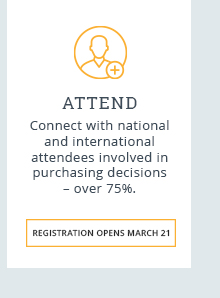14 juillet 2024 | Local, Terrestre, Sécurité
Defence Minister Blair concludes productive visit to Washington, D.C. for NATO Summit
Yesterday, the Honourable Bill Blair, Minister of National Defence concluded a productive visit to Washington, D.C., where he and Prime Minister Justin Trudeau, Foreign Affairs Minister Mélanie Joly, and Chief of the Defence Staff General Wayne Eyre attended the North Atlantic Treaty Organization (NATO) Leaders’ Summit – including meetings of the North Atlantic Council and NATO-Ukraine Council.









